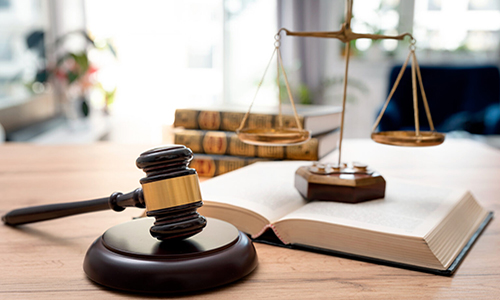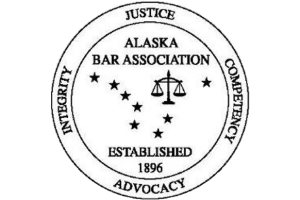- Free Consultation: (907) 277-3090 Tap Here to Call Us
Negligence In Alaska

Negligence in Alaska – often, negligence is confused for criminal activity. Criminal negligence involves behavior so reckless or careless that it shows a significant disregard for others and creates a high risk of serious harm or death. It goes beyond simple mistake or carelessness.
In Alaska, as in other states, ordinary or civil negligence occurs when someone fails to act with the reasonable care that a prudent person would exercise under similar circumstances, resulting in harm to another. Therefore, Negligence In Alaska is the failure to use reasonable care, which is the amount of care a reasonably careful person would use in the same situation. The reasonable person standard determines whether the person acted with the necessary care in the given situation.
Manufacturer Negligence
A classic example of manufacturer negligence is the Ford Pinto case, where Ford Motor Company knowingly used a flawed fuel tank design that made the Pinto susceptible to explosions in rear-end collisions, and chose not to fix it due to the cost for recall and replacement. Ford’s decision led to numerous injuries and deaths, and the company faced significant legal repercussions.
The Ford Pinto case, particularly the Grimshaw v. Ford Motor Company (1981) lawsuit, significantly impacted product liability law across the United States, including negligence in Alaska, by shaping the legal landscape and emphasizing corporate responsibility.
Contributory Negligence
Contributory negligence is when a plaintiff’s conduct increases the chance of an injury. In other words, the person suffering injuries fails to protect himself from the injury. The plaintiff is also negligent because he should have been able to avoid the injury.
For instance, a defective blow torch explodes and blows up seriously injuring a person’s eyes. The injured person did not wear safety goggles. Yes, the torch manufacturer was negligent through selling a defective torch. Unfortunately, the person suffering injuries was also negligent, contributing to their injuries by failing to wear safety goggles. The goggles, may have prevented some portion of injuries. This example is important in understanding negligence in Alaska.
Car crashes often occur due to one or more person’s negligence. In a crash, the person who primarily causes the accident may attempt to blame the other party too. Accordingly, the defendant may try to place some or all liability on the plaintiff. This legal theory is contributory negligence. This legal theory influences negligence in Alaska.
Comparative Negligence In Alaska
In some states, a plaintiff loses his claim if he is even 1% at fault. In Alaska, a comparative negligence system governs negligence claims. Liability is based on each person’s amount of fault for the injuries. If the plaintiff is partly to blame for his injuries, then his damage award reduces proportionally.
Think of it this way, comparative negligence in Alaska means compensation is often reduced by the plaintiff’s contribution of fault for their injuries. However, when a plaintiff is 50% or greater at fault for injuries, they may not be able to recover any damages at all.
Understand Law Governing Negligence In Alaska
If you or a family member is hurt due to another person’ negligence in Alaska, get help. An experienced Alaska personal injury attorney will analyze negligence in every case. The attorney will advise you how to proceed.
Johnson Law has been helping Alaskans for nearly 30 years. It’s who we are. Call Johnson Law at (907)277-3090 or use our Contact Form to discuss your Alaska accident injury case. We are here to serve you.
And while we hope you never need us… We’re here if you do. ~ Doug Johnson
Source: Alaska Court System; Justia: U.S. Law
Image Source: Alaska Beacon







